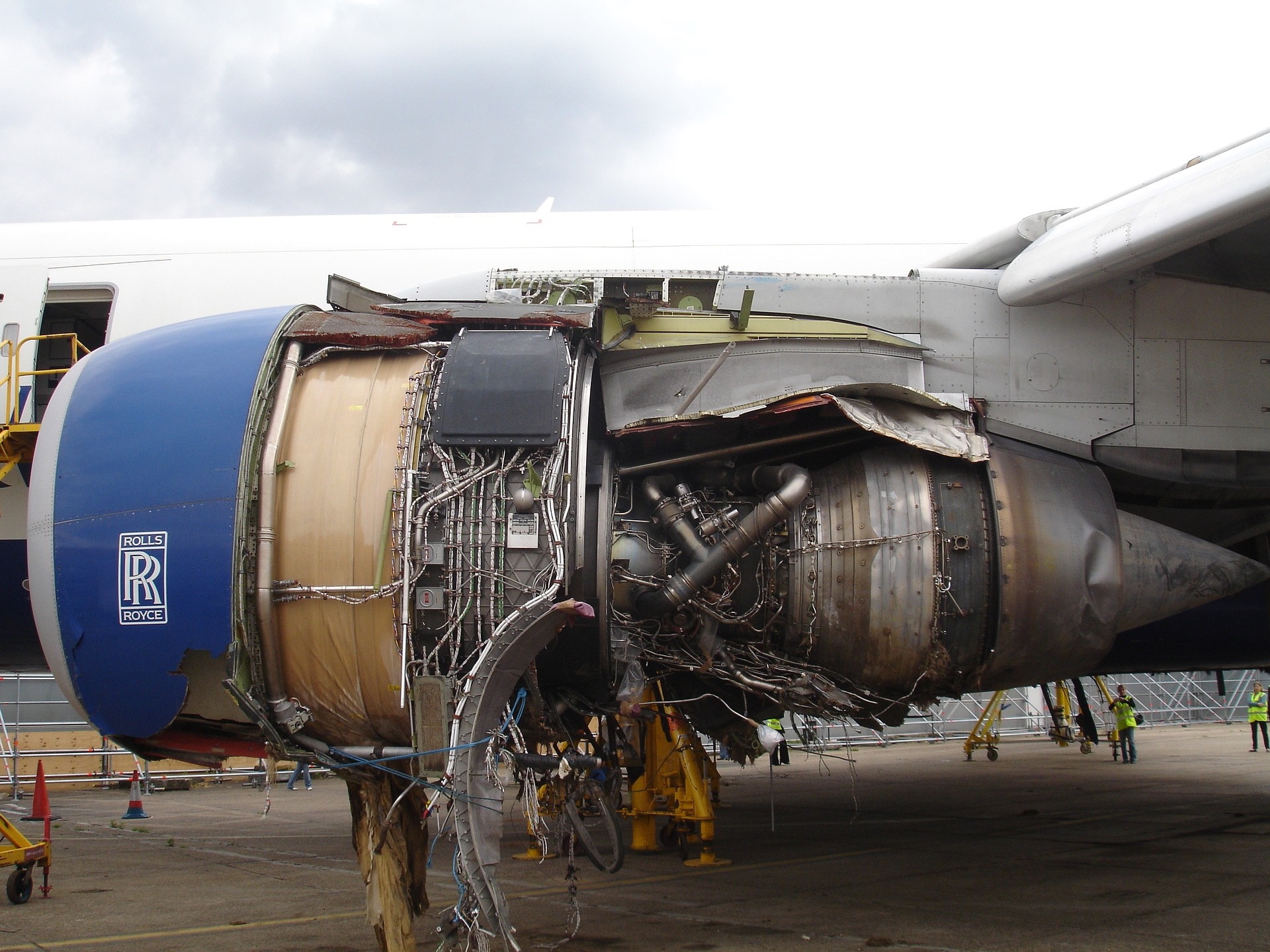Lessons from the Bijlmer Disaster
Detached engines or damaged wings? Algorithms could be used to enable aircraft in difficulty to land. Coen de Visser (AE) is working on it.
Bam! The drone being used by Sihao Sun and Coen de Visser for their wind tunnel experiments in the Faculty of Aerospace Engineering is being tested to its limits. One of its four propellers keeps becoming detached because it has been deliberately screwed on too loosely. This makes the drone uncontrollable.
De Visser was recently awarded an NWO (Dutch Research Council )Vidi grant to develop algorithms that can calculate the remaining flight capacity of an aircraft in difficulty. In theory, the quadcopter in his experiments can fly on three propellers. He just needs to adapt the steering of the three remaining engines in order to correct the problem.
And it works. In a later video on De Visser’s website, the drone remains airborne despite wobbling more than usual. How wonderful would it be to design something like that for aircraft?
When an aeroplane is seriously damaged, it behaves very differently than normal. Take El Al flight 1862. That aircraft crashed in Amsterdam’s Bijlmer district in 1992. Just before that, it had lost two of its four engines and a wing had also been damaged.
“The pilots had no idea what to do: nothing was reacting as it should. But the aircraft should have been able to land,” explains De Visser. This was revealed by computer simulations several years ago during an enquiry that De Visser also worked on. His new study builds further on the Bijlmer Air Disaster Enquiry.
The idea is that algorithms assess the new situation and identify how much flight capacity a heavily damaged aircraft still has. This room for manoeuvre is known as the flight envelope. “The El Al Boeing plummeted because it was flying too slowly. In normal conditions, the speed would have been enough, but it was no longer up to the job because of the damage,” says De Visser.
The aircraft lost its lift and became uncontrollable. The pilots could not have predicted this. In the future, algorithms could be used to indicate the room for manoeuvre in such situations, telling pilots what their limits are. This will be a long project. For now, the researchers are mainly focusing on safely landing damaged drones.
